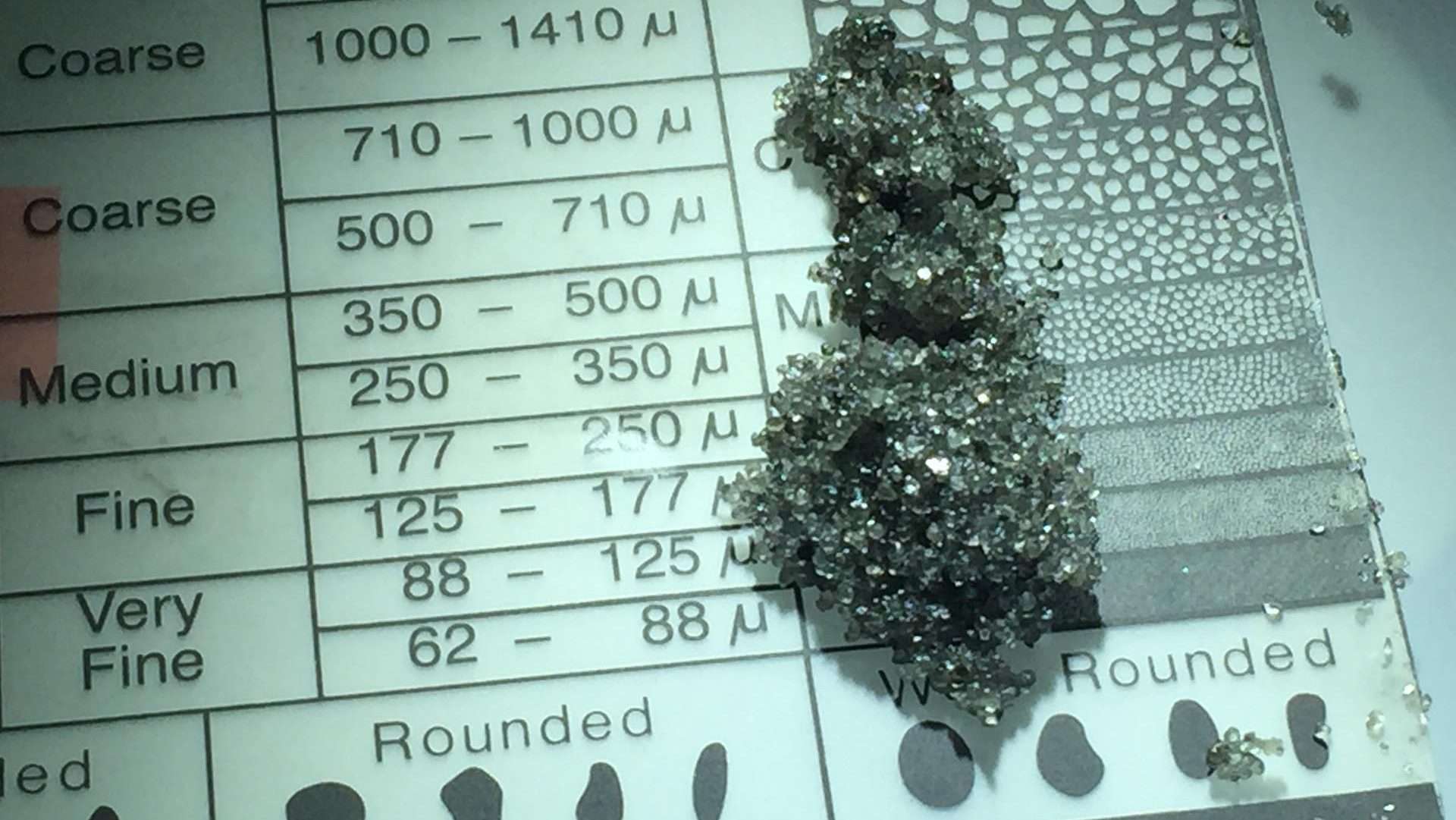Abstract
Invasion of a water-based mud filtrate into a permeable hydrocarbon-bearing formation and its subsequent dissipation after casing has been modeled with a black-oil simulator. Results of the filtrate-invasion simulations indicate that the transient filtrate/ hydrocarbon saturation front rarely takes the form of the so-called "step invasion profile" that is assumed in the development of resistivity correction charts (tornado charts). In many cases, capillary effects dominate the invasion process resulting in a diffuse or gradational invasion front, with complete flushing to residual oil rarely being achieved in the invaded zone. Filtrate dissipation simulations indicate that it may take far longer for filtrate to dissipate in certain cases than was previously believed (based on a four week rule-of- thumb). Hypothetical and field examples indicate that large salinity contrasts existing between mud filtrate and formation water can have a significant impact on cased-hole logs if salinity re-equilibration in the near- wellbore region is also incomplete.



